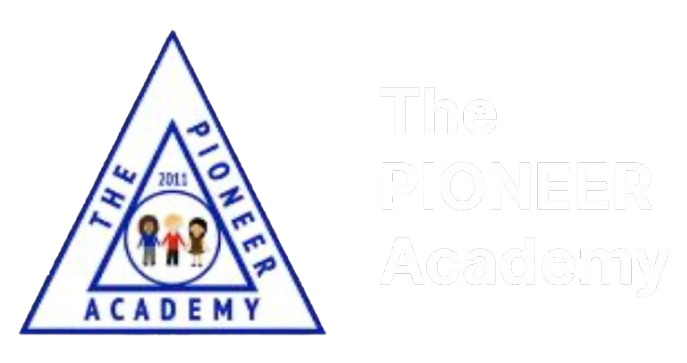Art/Design and Technology
Respect
Aspiration
Honesty
Tolerance
Caring
Responsibility
Home | Learning | Curriculum | Subjects | Art, Design and Technology
Art, Design and Technology
Respect
Aspiration
Honesty
Tolerance
Caring
Responsibility
Art and Design Curriculum Intent
Art and design stimulates creativity and imagination. It provides visual, tactile and sensory experiences and a special way of understanding and responding to the world. It enables children to communicate what they see, feel and think through the use of colour, texture, form, pattern and different materials and processes. Children become involved in shaping their environments through art and design activities. They learn to make informed judgements and aesthetic and practical decisions. They explore ideas and meanings through the work of artists and designers.
Through learning about the roles and functions of art, they can explore the impact it has had on contemporary life and that of different times and cultures. The appreciation and enjoyment of the visual arts enriches all our lives.
The teaching of art and design offers opportunities to support the social development of our children through the way we expect them to work with each other in lessons. Groupings allow children to work together and give them the chance to discuss their ideas and feelings about their own work and the work of others. Their work in general helps them to develop a respect for the abilities of other children and encourages them to collaborate and co-operate across a range of activities and experiences. The children learn to respect and work with each other and with adults, thus developing a better understanding of themselves. They also develop an understanding of different times, cultures and religions through their work on famous artists, designers and craftspeople.
Art and Design Curriculum Implementation
Teaching and learning is based on Rosenshine’s principles. It is coherently planned and sequenced towards cumulatively sufficient knowledge and skills for future learning. Prior learning is activated through the use of retrieval practice to ensure the children know more and learn more over time.
‘I do, we do, you do’ at Ightham Primary School
Knowledge lessons always begin with retrieval practice, followed by ‘I do’, then ‘We do’ then ‘You do’ to ensure a gradual release of responsibility.
Teachers continually assess throughout the lesson to ascertain children’s understanding and be prepared to move back a stage if required. Depending on the understanding of the children, ‘we do’ should be extended to ensure all children are secure in their knowledge. If the children are not ready, the teachers should not move onto ‘You do’. A knowledge lesson could be taught over more than one lesson as a result of assessment for learning where the ‘you do’ part is covered in a subsequent lesson.
Following knowledge lessons, children will be given the opportunity to apply the knowledge through enquiry and investigative tasks which need to be clearly modelled, scaffolded and adapted as required, to meet the needs of the individual children.
Our scheme of work is based on the Art and design National Curriculum (2014) and has been planned to ensure continuity and progression throughout the school. We teach the key aspects of each unit of work in our scheme.
In the Early Years Art and design is developed through the Early Learning Goals for the Foundation Stage.
In Key Stage 1 Art and design is taught discretely and through cross curricular topics.
In Key Stage 2 Art and design is taught discretely.
Links will be made with History, RE, Design and Technology, Art, drama, English, and Computing where appropriate.


